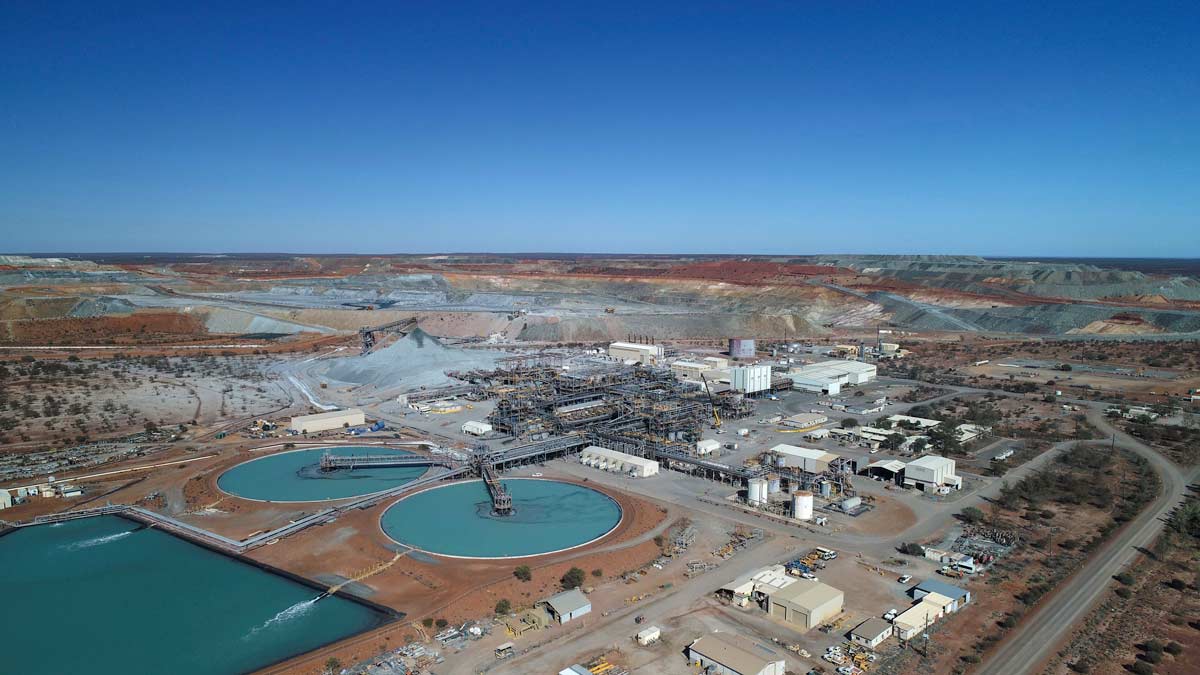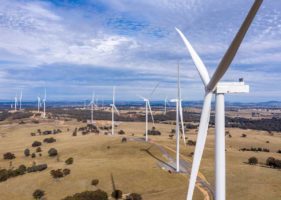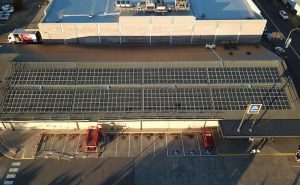One of Australia’s largest resources companies could soon be claiming carbon offsets for greenhouse gas emissions captured by waste products from its mining operations.
The AFR reports that the Clean Energy Regulator is considering the introduction of a new carbon offset methodology under the Emissions Reduction Fund that would recognise the storage of carbon dioxide in mine tailings – the leftover waste material from mining activities – after BHP found that significant amounts of carbon dioxide were already being captured and stored in waste from nickel mining.
BHP is pursuing the creation of a new offset methodology for a process known as ‘mineral carbonation’, which can use a range of minerals to form stable and long-term compounds to safely capture carbon dioxide.
When exposed to the atmosphere, many minerals can naturally create carbonates, such as sodium bicarbonate, more commonly known as baking soda.
BHP produces a significant amount of mineral waste tailings at its Nickel West mine at Mount Keith in Western Australia, which contains high amounts of magnesium.
BHP discovered that this waste magnesium was combining with carbon dioxide to form a stable compound of hydrated magnesium carbonate – also known as hydromagnesite.
A 2014 scientific study found that around 80 per cent of the carbon dioxide stored in the Nickel West mine’s hydromagnesite waste had been drawn from the atmosphere and effectively offset around 11 per cent of the mine’s carbon emissions.
The study estimated that the tailings dam – which consists of waste materials amassed over several decades at the nickel mine – was already capturing around 40,000 tonnes of carbon dioxide annually, without the need for much action on the part of BHP.
If it is successful in establishing a carbon offset methodology for the mineral carbonation process, it could allow the mining giant to claim Australian Carbon Credit Units (ACCUs) for the carbon dioxide stored in the waste.
Should BHP secure eligibility to receive carbon offsets and with ACCUs currently trading at around $35 per tonne, it could unlock a windfall of as much as $1.4 million each year and potentially incentivise investment in improving the carbon capture process.
BHP says that by enhancing the capture of carbon dioxide using its waste materials, it could entirely offset the greenhouse gas emissions associated with its nickel mining operations.
“Although mineral carbonation is a process that can take thousands of years in nature, we don’t have thousands of years to address the impacts of climate change,” BHP Nickel West’s Samantha Langley said in 2020 when unveiling the results of the research.
“It’s an exciting opportunity to see if we can use technology and different tailings management practices to speed up the process, and store away carbon dioxide much faster.”
An Australian company, Mineral Carbonation International, has swept several major international awards for its proposal to use similar processes to store carbon dioxide in building materials, including being named the ‘best clean energy start up’ by the international Net Zero Technology Centre at the COP26 climate talks in Glasgow.
The group is seeking to commercialise the mineralisation process for storing carbon dioxide in materials that can be used for a range of building products, including low carbon cement, concrete and plasterboard.
“Transforming emissions into useful materials for the circular economy can help us to decarbonise and create new global industries. Winning this battle will absolutely help us to scale and accelerate our plans to lock away 1 billion tonnes of CO2 into useful materials by 2040,” Mineral Carbonation International COO Sophia Wang said in May.










